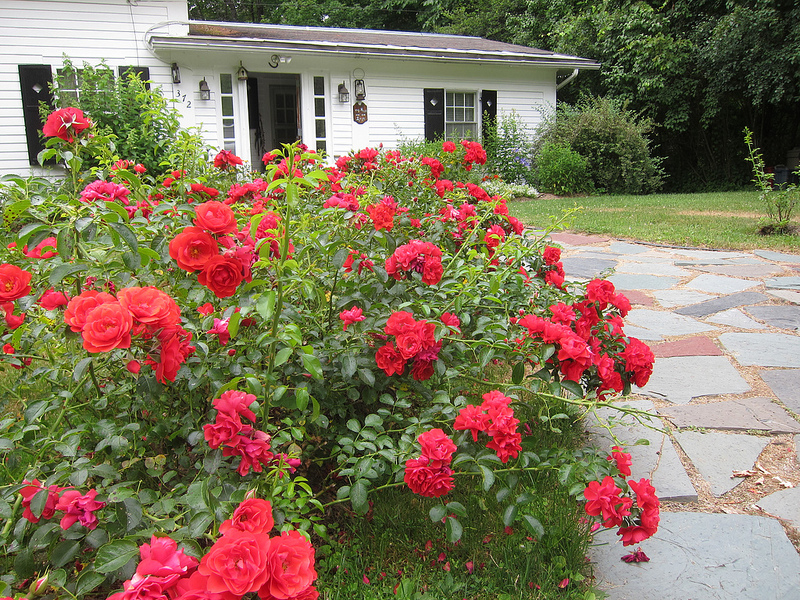Simply cut the rose back so that it is about a foot tall or cut off the top two thirds of the plant using a hedge trimmer.
When is the best time to prune carpet roses.
Dig about 12 inches around the bush and approximately 15 inches deep.
If it s above 55 f you should be good to prune your roses.
How to transplant roses.
In addition to knowing when transplanting rose bushes is best and preparation beforehand it s important to know how to transplant a rose bush.
Flower carpet amber groundcover rose add color to slopes.
But if you live in a really cold area of australia then wait until early august so that the frosts don t knock back the new shoots.
Get our latest tips how to articles and instructional videos sent to your inbox.
In many cases they even stand up to snowplows.
Because pruning of any type spurs more growth stop deadheading or cutting blooms for bouquets a few weeks before your area s first frost date.
Once the hole has been properly prepared and the rose significantly watered you re ready to move it.
The best time to cut back your flower carpet roses is in mid winter to early spring which depending upon your location can be anytime between late feb and mid april in the northern hemisphere and in july mid september in the southern hemisphere.
Carpet roses are a perennial they can be planted at any time of the year however late summer to mid spring is best.
Spring is also the best time to cut back the tops of rose bushes if you want them to have a uniform shape.
The best time to prune is in june or july.
Just avoid pruning roses in the fall.
Step 2 trim off any especially vigorous or wild looking stems as they appear throughout the growing season.
To ensure that rose bushes can heal from damage without the.
Look out for branches that are totally dead any that have dieback need to be totally removed right down to the stump level.
This gives the plants time to develop stronger root systems before dry summer periods.
Forsythia typically blooms when the top soil warms to 55 f.
Shear off or cut back the carpet rose in late fall after growth has stopped or in early spring before growth resumes.










